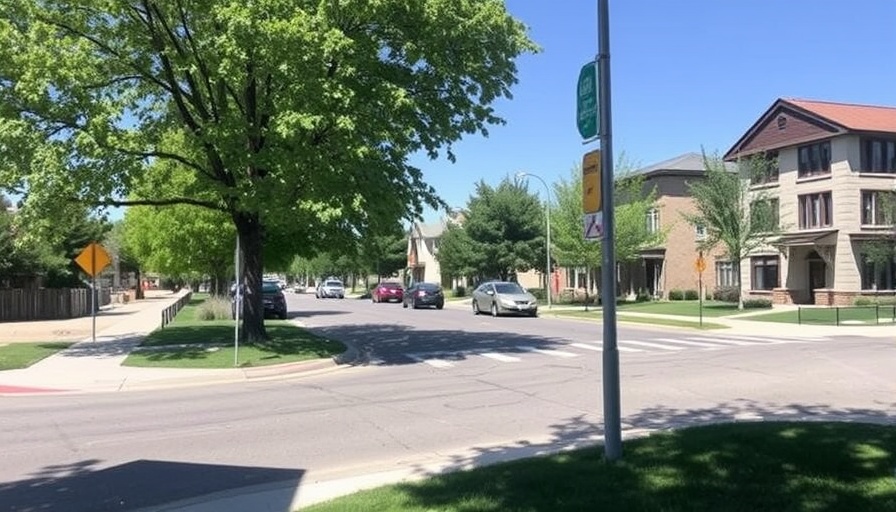
The Future of West Side Communities: Exciting Changes Ahead
Salt Lake City is on the brink of transformation. With the recent approval from the Salt Lake City Council for fiscal 2026 neighborhood improvements, the west side is set to receive a variety of enhancements that are sure to benefit residents and visitors alike. This initiative reflects a growing emphasis on community needs and the importance of investing in local spaces.
Revitalizing Jordan Park: A Skatepark for All
One of the standout projects is the redesign of the popular skatepark at Jordan Park, a location that has welcomed skaters since its establishment in 2002. With Tony Hawk himself visiting and showing support, the skatepark is poised to expand to better accommodate the rising number of skaters in the area. The Salt Lake City Council has allocated $90,000 for a thorough study and redesign of the facility, addressing the increasing demand for a modern, functional space for this vibrant subculture.
Community Safety First: Traffic Calming Initiatives
Safety improvements are also at the forefront of this new budget. Among the approved projects are traffic-calming measures in Glendale, driven by the determination of Council Member Alejandro Puy, who noted the community's advocacy for safer streets. With a modest budget of $76,000, funding will cover speed humps along 800 West, which is frequently used by bikers and pedestrians heading to the Sorenson Community Campus. This initiative highlights the city's responsiveness to community needs, as it directly tackles concerns voiced by locals.
Enhancing Accessibility: Jordan River Trail Improvements
Residents will also see improvements along the Jordan River, particularly near Alzheimer's Park, where access to the river and paved trails has been limited. The Public Lands Department is being allocated $480,000 for this project, which aims to enhance accessibility while ensuring the area is safe and welcoming for all. By addressing these basic yet crucial elements of community infrastructure, Salt Lake City demonstrates a commitment to improving quality of life for its residents.
The Importance of Community Involvement
The city’s capital improvement program has traditionally opened the door for citizen input. Many of the projects, including the skatepark redesign and traffic improvements, originated from resident feedback—a testament to the power of community advocacy. As council members allocate around $44 million to 32 projects citywide, it is clear that urban planning is becoming more inclusive, allowing the voices of those who live in these neighborhoods to shape their environment.
Balancing Development and Sustainability
With growth comes responsibility, particularly regarding environmental sustainability. The ongoing city efforts in improvement must be coupled with strategies to maintain the ecological integrity of the Jordan River and surrounding areas. As Salt Lake City continues to develop, there will be challenges, including ensuring that these projects do not negatively impact local ecosystems.
Looking Ahead: Opportunities for Local Residents
As these enhancements roll out, local residents are encouraged to remain engaged with the ongoing processes. Both current improvements and those in the planning stages present numerous opportunities for public involvement, whether through city meetings or community workshops. The future of Salt Lake City's west side is bright, and active participation can help ensure that the developments genuinely reflect the needs and desires of the community.
Ultimately, these neighborhood improvements signal a positive shift toward creating more vibrant, accessible, and safe communal spaces. Stay tuned as Salt Lake City embarks on this exciting journey of urban renewal—these projects not only promise to enhance the physical landscape but also foster stronger community bonds among residents.
 Add Row
Add Row  Add
Add 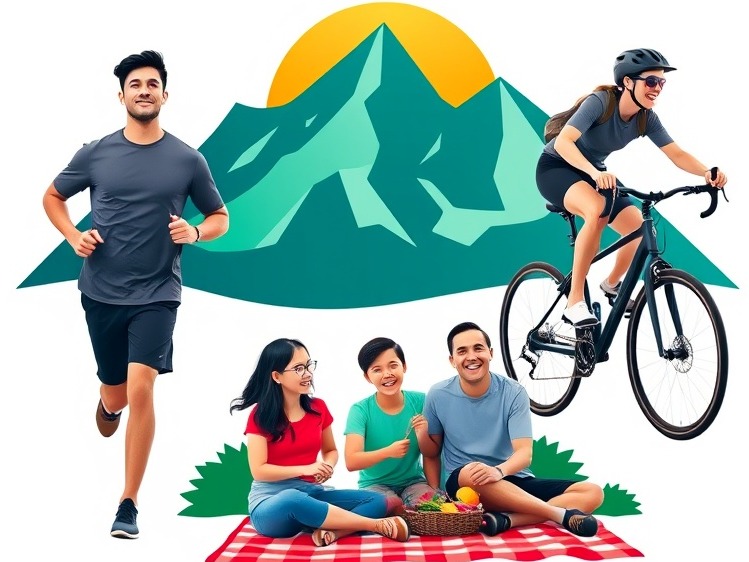
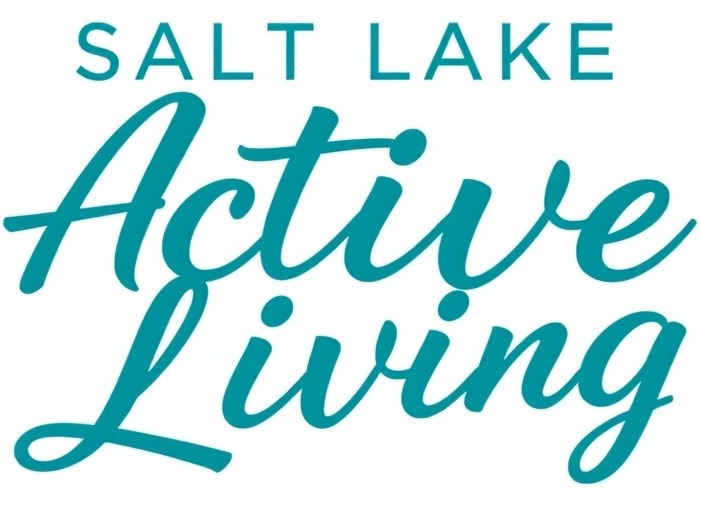
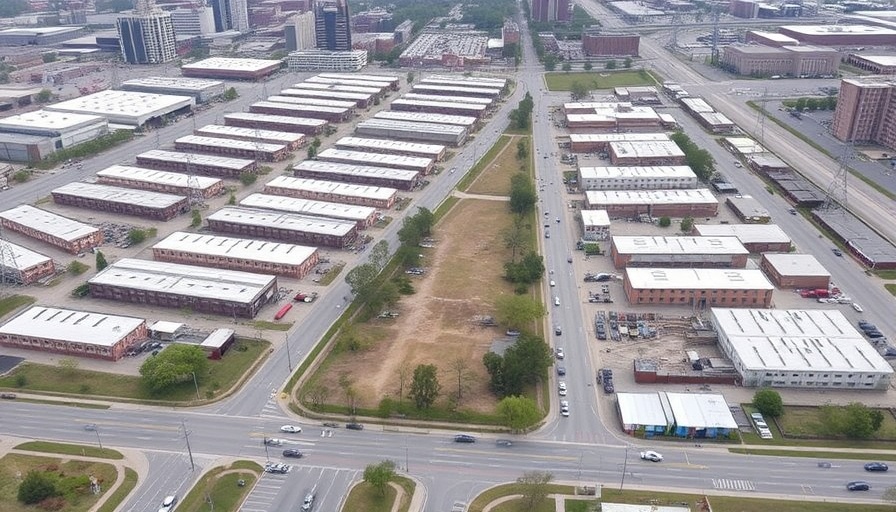

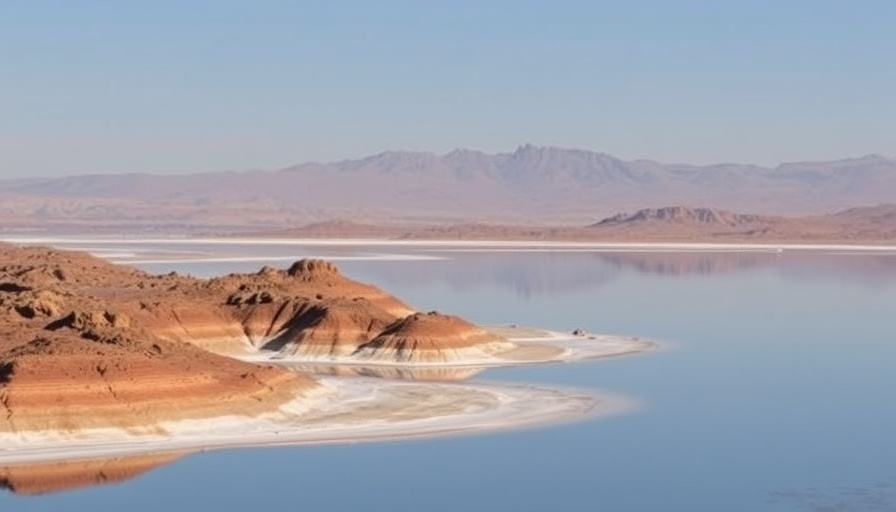
Write A Comment